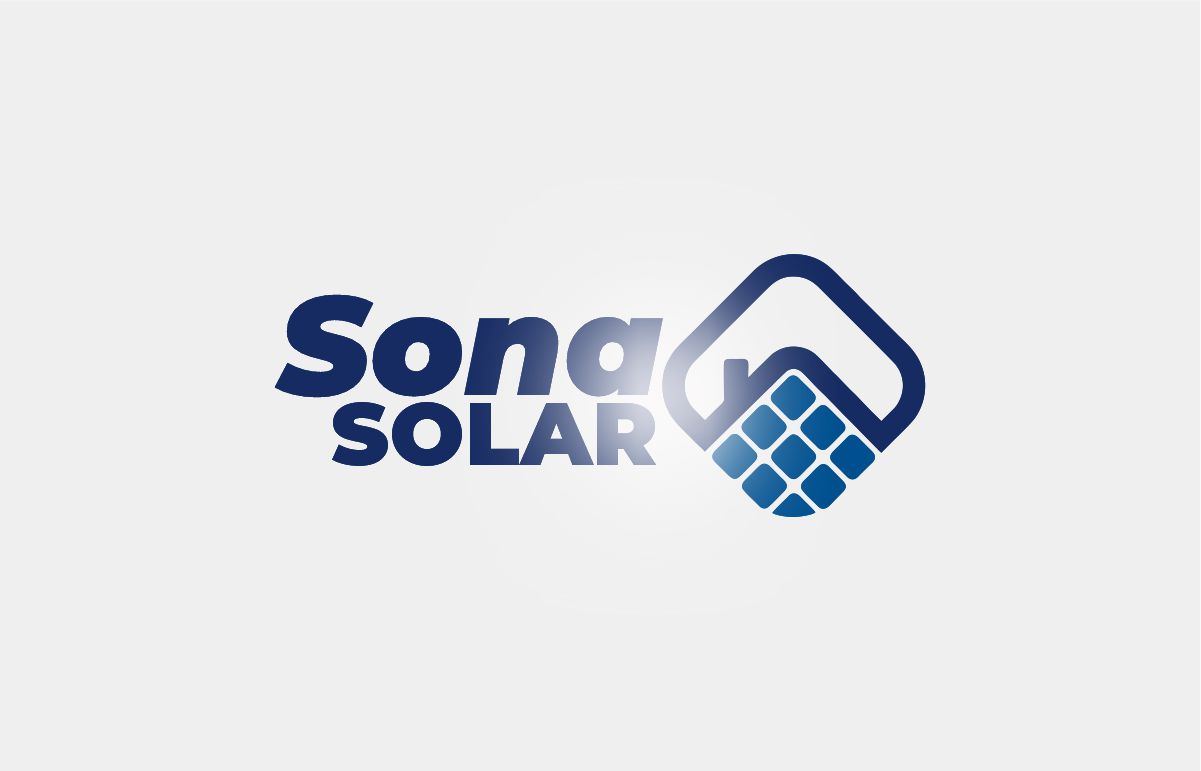A Solar Panel is an electronic equipment that uses solar radiation to produce heat or electricity.
Photovoltaic solar panels are divided into two main categories: Monocrystalline Solar Panels and Polycrystalline Solar Panels.
What is the difference between monocrystalline and polycrystalline solar panels?
The main difference between the two technologies is in the crystal purity of the panel cells.The image below shows you how to distinguish the two different types of solar panels. Monocrystalline cells are black and octagonal while polycrystalline cells are dark blue and squared.
What is the difference in performance?
The efficiency of a solar panel is the ratio between the amount of energy it collects compared to the amount of energy it produces, the rest being lost in heat. An efficiency of 20% means that 20% of the solar radiation is transformed into electricity and that the missing 80% is transformed into heat. The higher the efficiency, the greater the amount of electricity produced.That said, monocrystalline solar panels perform better than polycrystalline solar panels due to the fact that monocrystalline solar cells are composed of a single crystal rather than a conglomerate of crystals, which increases their spectral response and thereby their energy production.
Concretely, the efficiency of monocrystalline solar panels varies between 16 and 24% while that of polycrystalline solar panels varies between 14 and 20%. That means that on an equal surface, monocrystalline solar panels are more efficient. These panels are often suggested for those whose space is a limiting factor.
 |
| What Is The Difference Between Monocrystalline and Polycrystalline Solar Panels? |
What is the difference in service life?
Both types of solar panels have two warrantees, a physical warranty and an efficiency warranty. The physical warranty is generally 15 to 30 years and covers any physical damage. The efficiency warranty is 20 to 30 years and concerns the efficiency of solar panels after 25 years.What is the difference in aesthetics?
Many people prefer the look of monocrystalline solar panels. This is due to their black color, which makes them more discreet and allows them to better match the roof of the house versus the dark blue polycrystalline solar panels. |
| What Is The Difference Between Monocrystalline and Polycrystalline Solar Panels? |
The image below shows the color difference between the two types of solar panels.
What is the difference in price?
Monocrystalline solar panels are often more expensive than polycrystalline solar panels since their manufacturing process is more energy-consuming and complex. Indeed, the cost per watt of polycrystalline solar panels is generally between $ 0.40 and $ 0.50 while that of monocrystalline solar panels is between $ 0.50 and $ 0.80.However, the efficiency of monocrystalline solar panels is higher than that of polycrystalline solar panels. Although they are more expensive (and more beautiful according to many), they produce more energy. Knowing that the lifespan of a solar panel is 25 to 40 years, the additional cost is very often worth it.
What is the difference in terms of ecological footprint?
Both monocrystalline and polycrystalline panels are made from silicon, a conductive material that allows photovoltaic cells in solar panels to generate electricity from solar radiation. Silicon is not found in its natural state, but comes from silica, a chemical element found in our earth’s crust.Once extracted, the silica is refined into silicon to then be crystallized in the form of ingots which will finally be cut into thin strips (commonly known as wafers). All of these processes have a high ecological footprint since they are polluting and energy consuming.
That said, the ecological footprint of a monocrystalline solar panel is higher than that of a polycrystalline solar panel since its manufacture causes two to three times more material loss. However, knowing that the efficiency of monocrystalline solar panels is higher than that of polycrystalline solar panels, its ecological footprint will be compensated faster than that of a polycrystalline solar panel.
Conclusion
In summary, monocrystalline solar panels have solar cells made from a single silicon crystal while polycrystalline solar panels have solar cells made from multiple fragments of silicon crystals melted together. This manufacturing difference means that the spectral response of monocrystalline solar panels is higher, which gives them better performance. Although they are more expensive, the fact that they can produce more energy offsets their additional cost, especially knowing that their lifespan is at least 25 years. In addition, their black color is more discreet and works better with a conventional shingle roof. Monocrystalline solar panels are definitely the best type of solar panel.Please do not hesitate to contact us for more information, we will be happy to assist you. Our affordable, reliable and turnkey solar energy systems will fully satisfy you.
Common Questions and Popular Searches
Explore Answers To Frequent Questions And Discover Resources For Your Solar Journey:
1kVA Inverter Load Guide
Load guide for small households.
2kVA System Load Capacity
Powering essentials in medium homes.
3kVA System Panel Count
Understand solar array sizing.
3kVA Inverter Load Guide
Appliance guide for a typical household.
Best 3kVA Inverter Brand
Compare reliability and warranties.
3kVA Appliance Load Guide
Understand simultaneous load capacity.
3kVA Powering Motor Loads
Guidance on handling motor loads.
Choosing the Right Inverter
Matching inverters to your specific load.
Match Panels to Inverter
Tips for optimal system performance.
3.5kVA Inverter Load Guide
Explore residential setup capabilities.
Best Solar Panels Zimbabwe
Analysis of performance and durability.
Solar Companies Zimbabwe
Customer service and reliability.
Best Solar Panel Brands
Guide for home and business solutions.
Solar Installers Zimbabwe
Professional and certified installers.
3kVA System Cost Guide
Get pricing information for Zimbabwe.
5kVA System Cost Guide
Budget requirements for systems.
Contact Our Sales Team:

Sona Solar Zimbabwe
Address:
7 Frank Johnson Avenue, Eastlea, Harare, Zimbabwe.
Call/WhatsApp:
Sales:
+263 78 293 3586
Sales:
+263 78 922 2847
Operations:
+263 78 864 2437
Email:
sonasolarzw@gmail.com
Website:
www.sonasolar.co.zw

Borehole Experts Zimbabwe
Address:
7 Frank Johnson Avenue, Eastlea, Harare, Zimbabwe.
Call/WhatsApp:
Sales:
+263 77 389 8979
Sales:
+263 71 500 3777
Operations:
+263 71 918 7878
Email:
boreholeexpertszw@gmail.com
Website:
www.boreholeexperts.co.zw

Follow Our Social Media Icons
TikTok Pinterest YouTube Telegram WhatsApp